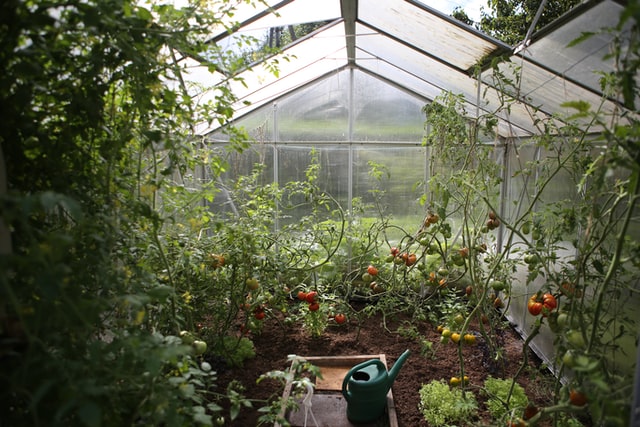 |
Smart methods of strengthening the farming industry |
The Philippine Council for Agriculture, Aquatic and Natural Research and Development of the Department of Science and Technology (DOST-PCAARRD) is set to showcase the best technologies developed and cultivated under the leadership of the said agency.
One of them is Smarter Approaches to Reinvigorate Agriculture as an Industry in the Philippines or SARAI.
The event called SIPAG FIESTA will be held at PCAARRD in Los Baños, Laguna this coming second to fourth of March.
SIPAG FIESTA represents the combination of PCAARRD’s timely program focused on disseminating and delivering technologies, specifically to farmers.
SARAI aims to address the adverse effects of climate change on the country's agriculture, fisheries, and natural resources.
The three-year SARAI program is implemented by the University of the Philippines Los Banos.
One of them is Smarter Approaches to Reinvigorate Agriculture as an Industry in the Philippines or SARAI.
The event called SIPAG FIESTA will be held at PCAARRD in Los Baños, Laguna this coming second to fourth of March.
SIPAG FIESTA represents the combination of PCAARRD’s timely program focused on disseminating and delivering technologies, specifically to farmers.
SARAI aims to address the adverse effects of climate change on the country's agriculture, fisheries, and natural resources.
The three-year SARAI program is implemented by the University of the Philippines Los Banos.
The program will provide a system that will support agricultural decision -making such as providing advice and warnings, forecasting, and proper management. This will help to make informed farming decisions based on science and technology.
Some of the accomplishments of the program include technology, systems, products, and network connections.
Developed under the program is Smarter Pest Identification Technology (SPId Tech), a type of mobile application, capable of detecting and identifying pests in the field through image scanning. This will be followed by appropriate counseling and proper supervision.
Also developed under the program is the technology and system for determining the soil moisture content to determine if it is deficient. The materials used in the technology such as meters are from local materials.
When it comes to the smart farming system, water management technology has been developed under the program according to a decision support system. The system estimates the lack of moisture in annual crops such as rice and corn. As a result, the farmer is warned about the threatening water stress on the plant.
https://digiworldofagriculture.blogspot.com/2022/01/what-are-digital-technologies-in.html
The program has also developed a system that can monitor the actual size of the plantation and its condition from satellite images. It's free and according to the closest capture time to the images.
A comprehensive and detailed system of reflection regarding maize planting has also been developed in SARAI. Aspects specifically identified here include the level of nitrogen, phosphorus, and potassium in a particular cornfield anywhere in the country.
The program also includes maps for identifying suitable areas for planting rice, corn, banana, coconut, coffee, and cocoa. The maps show three categories of suitability for the crop types mentioned as high, medium, and low. These maps can be used by local governments and farmers to support decision-making on farming activities
SARAI uses innovative technologies for statistical modeling in the field of forecast and advisories such as Automatic Weather Stations (AWS) and Unmanned Aerial Vehicle (UAV).







.png)
Good dir
ReplyDelete